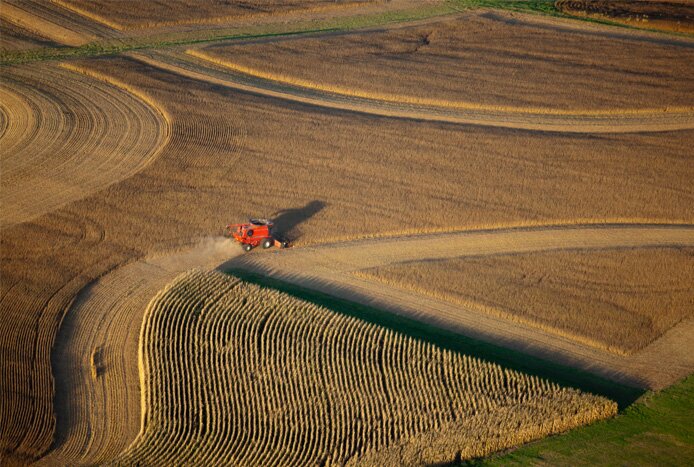About
Is it all built environment?
In the Anthropocene, nothing on earth is untouched by humans.

“Built environment” refers to the things we build, the constructed parts of our towns and cities. Considered separate from the natural environment, humans and nature are often thought of as two different, even opposing, forces. There are cities, and there are wild places, representing opposite ends of the moral spectrum. This is the dominant perspective across North America.
Emerging Terrain has operated for over a decade with a mission of understanding the built environment. Now that we have entered a new geologic epoch, the Anthropocene, whereby human influence on the earth is complete, even perceived separation between the built and natural environment is obsolete. Indigenous cultures would say there never was a separation between the two, but now by our own cultural measurement, we are in a human-shaped environment. Emerging Terrain seeks instances where the inseparable built and natural is accentuated by phenomena we can’t ignore: species endangerment, declining water and air quality, etc. We believe these moments provide insight and guidance for making better decision about how we shape the environment.
Emerging Terrain began as a nonprofit in order to develop and test methods outside of traditional client/consultant relationships in the fields directly shaping the built environment. These methods include: large-scale pop-up events, temporary installations, research and documentation, crowd-sourced design proposals, exhibitions, and conversational salons. These methods require working closely with diverse stakeholders; private land and business owners, neighborhood coalitions, public sector departments and agencies, artists, designers, and other nonprofits. Over time, a record of response to these methods was evaluated. Results conclude that participatory processes tailored to the unique political, cultural, social, and economic factors in a community can lead to greater understanding of and involvement in shaping our environment.
A common denominator among the most successful methods is that they are rooted in narrative. The stories shaping our communities capture imaginations (1). It is these narratives that Emerging Terrain seeks to uncover, creatively reintroduce, and develop opportunities to shape. We must understand the narratives surrounding the most pressing challenges of the Anthropocene so that we will make better decisions for current and future generations from whom we have inherited the planet (2).
- See Ursula K. Heise’s Imagining Extinction: The Cultural Meanings of Endangered Species (2016) for more about how well-meaning people trying to expand our understanding about other species on earth only gain traction to the extent that they become part of the stories that human communities tell about themselves.
- See Wendell Berry’s The Unforeseen Wilderness: An Essay on Kentucky’s Red River Gorge (1971) for more about inheritance of the earth and the public trust doctrine.
